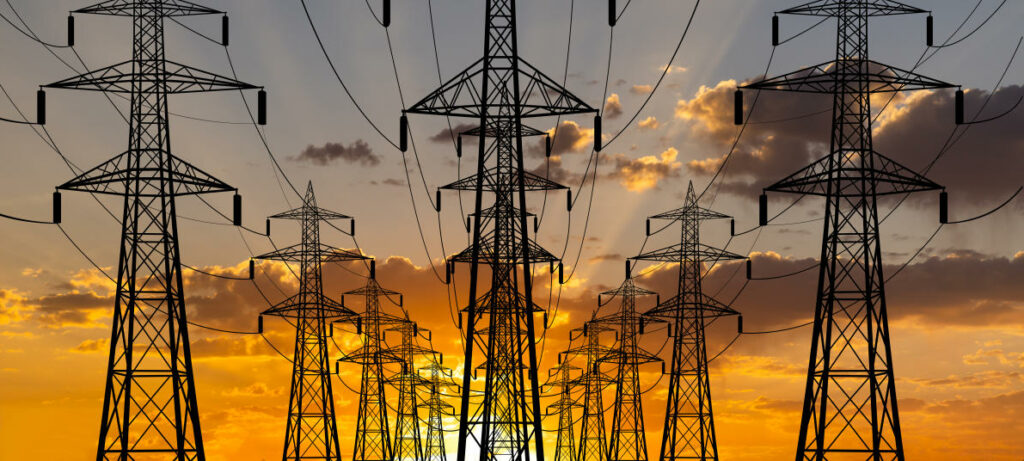From CO2Science: The increased fabrication of materials at the nanometric scale (1-100 nm), i.e., nanotechnology, has led to nano-sized heavy metal pollution. In this regard, nano-sized mercuric oxide (HgO-NPs) produced via the production of batteries, gas sensors, small electronic devices and other processes, induces phytotoxicity in plants, impairing the photosynthetic process and causing oxidative damage and the overproduction of reactive oxygen species (ROS), all of which negative effects ultimately reduce plant growth and yield. Recognizing the deleterious impacts of HgO-NPs on plants, Saleh et al. (2021) wondered if they might be alleviated by the positive growth-related impacts of atmospheric CO2 enrichment. And so it was that the seven Middle Eastern scientists designed an experiment to answer this question.
Paper reviewed: Saleh, A.M., Hassan, Y.M., Habeeb, T.H., Alkhalaf, A.A., Hozzein, W.N., Selim, S. and AbdElgawad, H. 2021. Interactive effects of mercuric oxide nanoparticles and future climate CO2 on maize plant. Journal of Hazardous Materials 403: 123849, doi.org/10.1016/j.jhazmat.2020.123849.
Their work was conducted in a laboratory under controlled conditions where maize plants (Zea mays) were grown for three weeks in growth chambers under one of two atmospheric CO2 concentrations with or without HgO-NPs pollution. The two CO2 levels included 410 ppm (ambient) and 620 ppm (elevated) and HgO-NPs pollution was applied at a rate of 100 mg kg-1 soil. So what did their work reveal?
HgO-NPs pollution increased the mercury (Hg) level of both maize roots and shoots regardless of CO2 concentration. In the ambient CO2 treatment, HgO-NPs induced severe oxidative stress as reflected by reduced photosynthesis and growth, as well as by the accumulation of ROS. And although molecular and enzymatic antioxidants were increased in this treatment under HgO-NPs stress, their production was insufficient to prevail in countering the rise in ROS. In contrast, the coexistence of elevated CO2 “significantly mitigated the phytotoxicity hazards of HgO-NPs through (1) overcoming the negative impact of Hg on photosynthetic carbon assimilation by improving RuBisCO and PEPC activities, (2) down-regulation of Hg-induced ROS generation through photorespiration and NADPH oxidase activities, (3) improvement of ROS detoxification via more efficient antioxidant defense systems, both molecular and enzymatic [and] (4) upregulating the activity of GST [an essential enzyme for detoxification of heavy metals].”
The end result of all this molecular and enzymatic interplay can be summed up in the authors’ data on net photosynthesis and plant biomass. Compared to the control treatment (ambient CO2 and no HgO-NPs) HgO-NPs reduced these two parameters by 47% and 53%, elevated CO2 increased them by 74% and 19%, and in the combined treatment (elevated CO2 plus HgO-NPs) elevated CO2 fully ameliorated the negative effects of HgO-NPs by returning net photosynthetic and dry weight measurements to that observed under control conditions. Consequently, Saleh et al. conclude their findings “suggest that HgO-NPs cause severe phytotoxic hazards and [that] this effect will be less detrimental under future CO2 climate.”


